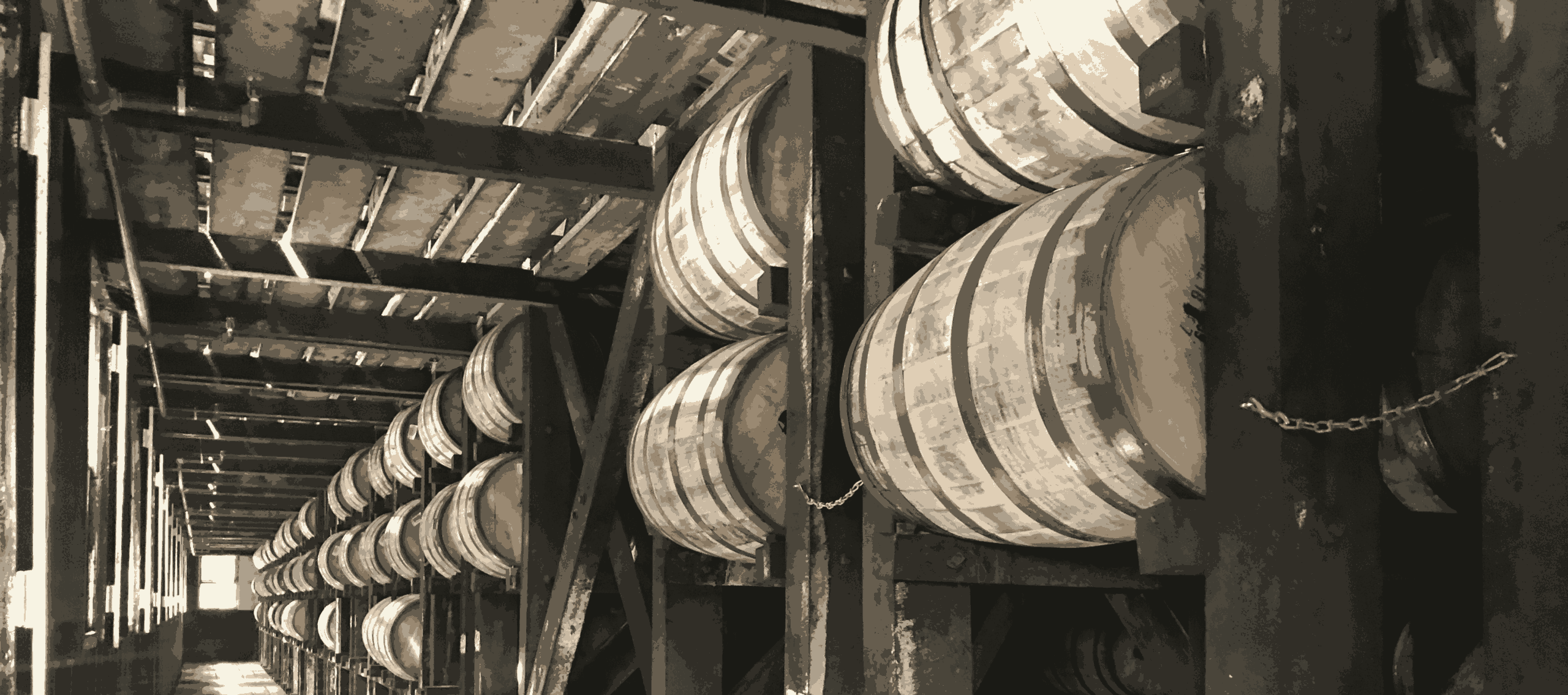SWA Ventilation Guidance for Scotch Whiskey Maturation Warehouses – Ethanology Monitoring Methodology
7th August 2025 - Written by Keighley Ziolkowski

Background
Ventilation Guidance for Maturation Warehouses – Update from SWA and HSE
The Scotch Whisky Association (SWA) Ventilation Working Group and the Health and Safety Executive (HSE) concluded discussions on ventilation requirements for Scotch Whisky maturation warehouses, within the context of DSEAR and COSHH regulations. The key issue addressed was the “1% rule” from HSE’s HSG51 guidance, which recommends 1% free ventilation through walls and roofs.
Approach for Existing and Future Warehouses
The HSE confirmed that while the 1% ventilation rule is not mandatory, it remains a valid design option. Instead, existing warehouses can demonstrate compliance through a robust risk-based approach, using the SWA-developed ethanol testing methodology which has now been published and is summarised below.
All warehouses should still have permanent high- and low-level ventilation (e.g. airbricks or louvres) and avoid modifications without assessment.
Overview of SWA Ethanol Testing Methodology
The SWA’s testing methodology allows dutyholders to assess ventilation effectiveness using real-time monitoring during worst-case conditions—typically the warmest month with low wind.
The methodology can form part of a risk assessment to ensure that the ventilation of maturation warehouses is sufficient to satisfy the requirements of DSEAR and COSHH.
Two monitors per warehouse should be used:
- Monitor 1: Ground level, far from vents.
- Monitor 2: Other locations to confirm Monitor 1 placement is representative of the worst case location.
Monitoring must occur during dayshift hours, using calibrated monitors with data logging. Operations should be minimised during testing.
Full records must be kept, including Met Office data, monitoring logs, staff training, and calibration certificates.
Remedial Action: Where testing shows inadequate ventilation, corrective steps must be taken. These could include unblocking vents, adding shading to rooflights, or modestly increasing ventilation via louvred doors.
Our Experienced Safety, Process, Civil & Structural Engineers and Occupational Hygiene Consultants
Our safety, process, civil & structural engineers, and health, safety and occupational hygiene consultants bring decades of experience in supporting the distilling industry.
Our team is experienced in supporting clients with DSEAR risk assessments and occupational hygiene monitoring in whisky warehouses in support of COSHH to include assisting clients in understanding monitoring requirements, undertaking measurements and interpreting results.
We have supported sites in developing a basis for warehouse ventilation, and in implementing ventilation improvements.
Get in Touch
Contact Keighley Ziolkowski, Manager – Process Safety at Keighley.Ziolkowski@arthian.com for more information on the methodology and how our team can support.













 Previous
Previous 
